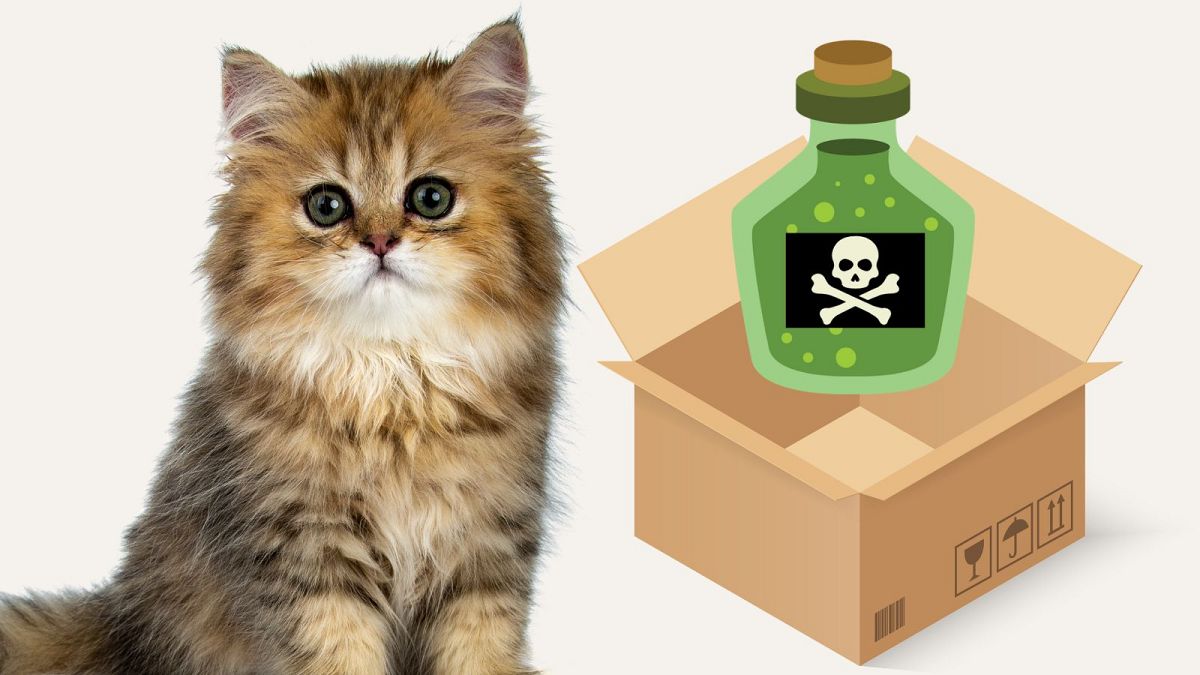On this day in 1935: Physicist Erwin Schrödinger published his famous thought experiment ‘Schrödinger’s Cat.’
You’ve probably heard of Schrödinger's Cat or perhaps employed the term to impress someone during a social occasion without realising that you possibly sound like a complete and utter nerd, but very few actually get what Schrodinger’s cat is about.
Let’s start with the main man himself.
Austrian physicist, theoretical biologist and Nobel Prize winner Erwin Schrödinger (1887 - 1961) was one of the founding fathers of quantum theory. His most famous contribution to the field was the Schrödinger’s Cat hypothetical experiment, which goes a little something like this.
A cat is placed in a sealed box.
Not the best start, granted, but it gets worse.
There is also a radioactive sample, a Geiger counter, and a bottle of poison inside the box too.
“What kind of sick kitty snuff film is this?”, we hear you cry.
A theoretical one, so pipe down.
If the Geiger counter detects that the radioactive material has decayed, it triggers the smashing of the bottle of poison. Not great news for Admiral Fluffington.
However, the radioactive substance has a 50% chance of decay and a 50% chance of not decaying. Admiral Fluffington’s chances of survival are improving.
So, to recap: If the radioactive substance decays and the Gieger counter beeps, the cat will die. If it does not decay, the cat will live.
However, while the box is closed and the cat is unobservable, there’s no way to know... The cat is presumed to be both alive and dead at the same time.
But how can something be in both states?
How, indeed? Unless this was always intended as the start of a hypothetical zombie kitty film trilogy with merchandising a-go-go.
You see, the experiment was designed to highlight the limits of the ‘Copenhagen interpretation’ of quantum mechanics, when applied to practical situations.
“[It] prevents us from so naively accepting as valid a "blurred model" for representing reality,” Schrödinger wrote. “In itself, this would not embody anything unclear or contradictory.”
The Copenhagen interpretation, as developed by Niels Bohr and Werner Heisenberg, says that there really is no definitive reality before the measurement, and an object is in an undefined state known as a superposition.
As you can imagine, both Bohr and Heisenberg must have been a nightmare if they were in a quandary about what to eat for dinner. "All options exist at the same time..." "Oh, just pick Chinese, Niels."
But back to Admiral Fluffington.
Since the cat is unobserved until the box is opened, the cat can be in a superposition of dead and alive until the box is opened, so it will either take the state of being dead or alive. So before we observe any event, all outcomes are possible and they coexist. Which, practically speaking, makes little sense. Hence, the experiment.
Essentially, what Schrödinger's Cat was about was giving Bohr and Heisenberg the finger.
From physics to pop theory
Granted, this is all oversimplified - because I’m not a physicist and can barely function as a journalist - but Schrödinger’s hypothetically unfortunate kitty has taken on a whole new life outside of physics.
The cat has been embraced by pop culture, with science fiction writers picking up the thought experiment over the years and using it as a plot device or metaphor. For example, the ‘many worlds interpretation’, developed in the 1950s, would argue that when the box is opened, the observer and dead-and-alive cat split into two realities, in one of which the observer sees a dead cat and the other an alive one.
So when you’re watching countless multiverse plot lines – which are all the rage at the moment, especially in the Marvel Cinematic Universe – you have Schrödinger to thank. Or course, considering they can't all be Everything Everywhere All At Once and we're having to suffer through all the MCU homework to understand what the next film is on about.
Before Marvel’s multiverse shenanigans, the experiment was referenced in the likes of Monty Python, Doctor Who, Futurama, House, and The Big Bang Theory, as well as appearing on Rick and Morty. And let’s not forget the sheer amount of memes, t-shirts, and mugs out there.
And for those of you looking to expand your horizons, Schrödinger’s Cat can be talked about philosophically and extended to life situations.
For example, let’s say you go take a look at the Euronews Culture front page. You are unsure whether you should click on today’s Re-View article, and until you reach an agreement with yourself, all possible reading scenarios are that every option that can exist is.
Or just feed your cat, get rid of all radioactive samples you may have (you're not Blofeld, world domination is not at hand), stop baking your cerebral noodle, and see you tomorrow for another Re-View.



